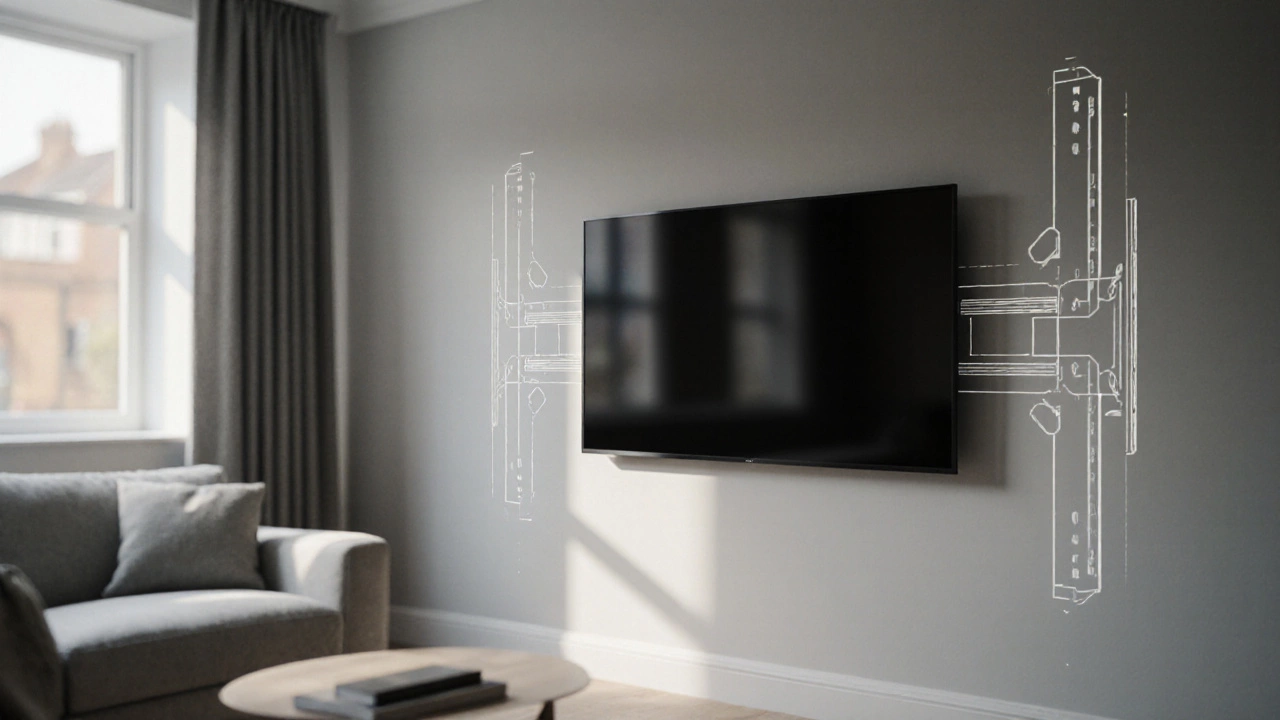DIY TV Support – Creative Ways to Mount and Secure Your Television
When working with DIY TV support, a hands‑on approach to mounting or placing a television using affordable, reusable solutions that fit your space, also known as home TV stand hacks, it opens up a world of flexible living‑room design. Pair it with a TV stand, a piece of furniture that holds a TV at eye level while offering storage for devices and décor and you get a stable platform without drilling into walls. Some users prefer wall mounting, affixing a TV to a wall using brackets for a clean, space‑saving look, but both methods need proper cable management to keep cords hidden and safe.
Key Considerations for Your DIY TV Support Project
First, think about the TV size, the diagonal measurement that determines viewing distance and required stand or mount strength. A 55‑inch screen, for example, needs a sturdier bracket and a wider stand base than a 32‑inch set. Next, assess the room layout: does the sofa face a wall that can bear a mount, or is a free‑standing unit more practical? Ergonomic viewing height—roughly eye level when seated—should guide the final height of any support, whether it’s a custom bench or a repurposed dresser.
Speaking of repurposing, many homeowners turn a dresser, a bedroom storage piece that can double as a TV stand with minor modifications into a stylish media console. Adding a few sturdy brackets underneath and drilling shallow holes for cable routing transforms it into a functional TV support without buying new furniture. This approach ties directly into the sustainable ethos of Bamboo Tiger, where eco‑friendly materials meet clever design.
Another frequent question is whether to hide cables inside the wall or use external raceways. While in‑wall routing looks clean, it often requires an electrician and can be costly. Surface‑mount raceways, painted to match the wall, provide a low‑budget alternative that still looks tidy. Combine raceways with cable clips on the back of a TV stand for a neat finish.
If you choose a wall mount, the choice of bracket matters. A fixed bracket keeps the screen close to the wall, ideal for minimalist rooms. An tilting or full‑motion arm adds flexibility for glare reduction and optimal viewing angles. Remember, the bracket’s weight rating must exceed the TV’s weight plus any additional accessories like soundbars.
Budget is always a factor. A basic TV stand can cost as little as £50, while a high‑end wall‑mount system may surpass £200. However, DIY projects can lower costs dramatically. Using reclaimed wood for a stand, or repurposing an old metal cabinet for a mount, can slash expenses while adding a unique character to the space.
Safety can’t be overlooked. Secure any freestanding unit to the wall with anti‑tip straps, especially in homes with children or pets. When drilling into studs for a wall mount, use a stud finder to avoid hitting electrical wires. Double‑check that all screws are tightened to the manufacturer’s torque specifications.
Finally, think about future upgrades. A modular stand with adjustable shelves can accommodate a larger TV later, and a wall‑mount with a quick‑release plate makes swapping out hardware painless. Planning ahead saves time and money down the road.
Below you’ll find step‑by‑step guides, cost breakdowns, and design ideas that walk you through building, adapting, or optimizing your own DIY TV support, so you can pick the solution that fits your style, budget, and space.
Creative Ways to Support a TV Without a Stand
Discover practical, safe ways to support a TV without a stand-wall mounts, floating shelves, ceiling rigs, DIY risers, and more, plus cost and installation tips.
View more